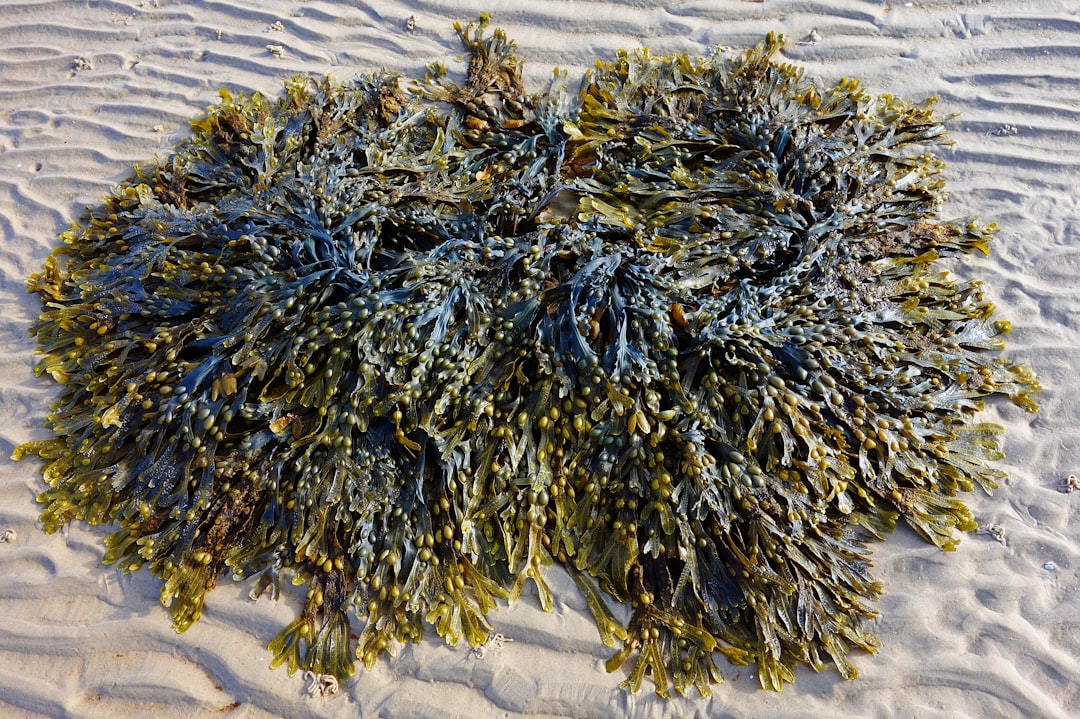What is it about?
This research has focussed on the ability of bacteria to remove atrazine, a herbicide, from natural waters.
Featured Image
Why is it important?
Risk assessments for chemicals are frequently prepared without complete knowledge of their environmental cycling. Most atrazine studies have focussed on soils but it has then potential to be leached into river waters, where it can impact on aquatic organisms. Processing of organic molecules is primarily carried out by bacteria; which may reduce the impact of the chemical or enhance its toxicity. Our data indicate that this processing is dependent on the natural bacterial population and the availability of co-substrates which might enhance or inhibit its removal, so this should be taken into account when preparing risk assessments
Read the Original
This page is a summary of: Removal of atrazine from river waters by indigenous microorganisms, Environmental Chemistry Letters, November 2011, Springer Science + Business Media,
DOI: 10.1007/s10311-011-0332-4.
You can read the full text:
Contributors
The following have contributed to this page










